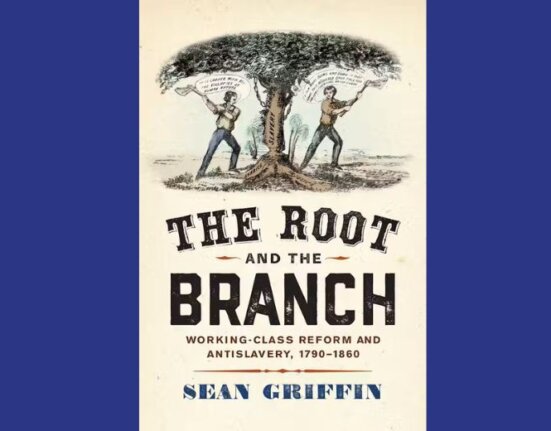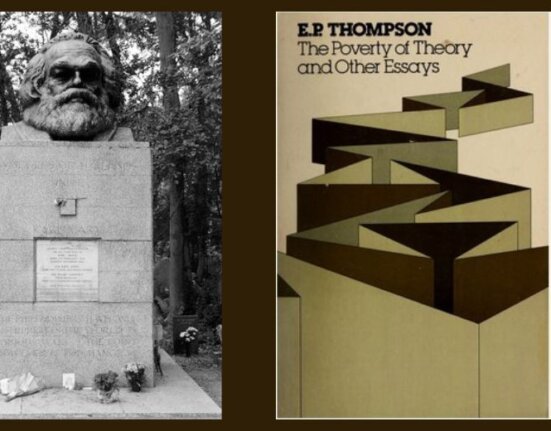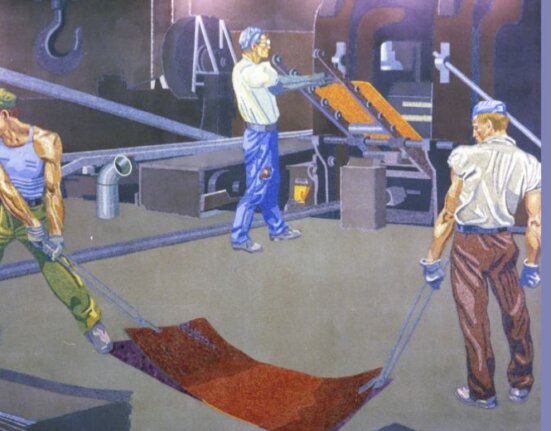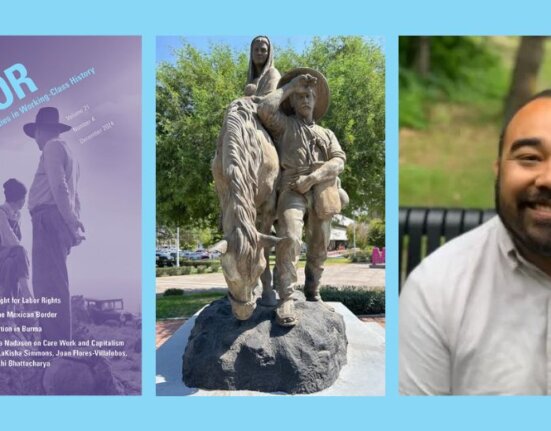Liz Faue’s new book, Rethinking the American Labor Movement, is our field’s newest attempt to reinterpret U.S. Labor History. I asked her a to tell us a little bit more about the arc of her interpretation.
Tell us what’s different about your framing of the history of the labor movement? Tell us a little about how that works across the book. One or two examples.
Rethinking the American Labor Movement is part of a series on social and political movements in the United States. The book is not just about labor history—It’s also about how the labor movement was integrated into the context of American democracy. It is different from a labor history that is only about labor unions and strikes. It does not assume that workers were, before 1900, all craftsmen and hod carriers; nor does it see labor after 1900 as only or even chiefly white, male, and industrial. Overarching themes are that workers are diverse; the working-class is not singular and unchanging but multi-layered and dynamic, and labor and working class organization was often done in alliance and coalition in response to political and economic changes in and beyond the workplace.
In writing the book, my first aim was to organize the book so that it explored labor history as a social movement—how strikes and working-class protests arose and how they fell, how individual wrongs became understood as collective grievances, how people mobilized to fight injustice and inequality, and how social movements become bureaucratized and less responsive to workers. This seems particularly important today, when the labor movement is faced with challenges.
Second, I wanted to see how the new social history of labor—the findings of our generation of historians and labor scholars—had changed our understanding of the labor movement. I wanted to show in particular how gender, race, and ethnicity shaped the history of labor, both in the organized labor movement and among working class people. I have focused throughout my career on seeing how gender, race, and class experience, identity, and politics were connected. This book is a capstone of my work of over twenty-five years of writing and teaching labor history and a statement of how we labor historians now understand the world differently than our labor history forerunners—John Commons and Selig Perlman (authors of History of Labor in the United States and my Theory of the Labor Movement)—certainly but also the post-war generation of Montgomery, Gutman, Brody, Dubofsky, and Kessler-Harris, who were the products of different times and experiences.
The points where these interventions surface are in the framing of the book—by looking at how workers saw labor and the world through different identities; in the organization of the book—the chapter on the period from 1922 to 1945 showcases this, by literally showing the rebuilding, emergence, and stabilization of the labor movement from its post-World War I collapse to its triumph during World War II, an arc that flows from the structure and progress of a social movement; and in the way that certain critical points—say, the 1970s upsurge in labor protests not only in industry but in the emerging information and public service sector—were shaped by and contingent upon its prior history and in the flexibility—or rigidity—of labor organization.
The chapter that covers the 1960s and 1970s employed the findings of some exciting new studies of the labor movement but also a sense that labor historians have “got it wrong” in the past, often seeing these decades as the death knell of labor, when, in fact, there was tremendous activism and change. There was a strike wave during these years that rivaled that of the 1930s and 1940s; but in the end, it did not stop the erosion of the labor movement. In fact, it was the surprising growth of public sector unionism that staved off significant total losses in union membership and especially the new presence and vitality of labor organizing among women generally and among minority working-class men and women. This history is often told ending in the failed PATCO strike, and, yes, that was a moment in which the gradual losses became visible. But there are other things going on during that decade that only now are understood. My chapter can only point the way, but there’s some terrific new studies out there that will move us even farther down that road.

Who do you hope will read the book, and how might they benefit from it?
I had in mind a reader who was interested in labor, with some knowledge, but who wanted to think about the big questions and the historic arc of labor in the twentieth and twenty-first centuries. I also knew that I wanted to write this in a style that was more open and expansive and less laden with jargon. I wanted my parents, if they were alive today, to be able to understand this book. I wanted the people who went to my high school to not be lost in reading it. While I don’t know that any of them will read it, I wanted it to be accessible.
Second, and more to your question, I hope that workers with a desire to understand labor, students who want to learn about the labor movement, union members and leaders who want an introduction to, or a better understanding of, labor history, and colleagues and peers who just want a good read will read the book. And hopefully they will all find some benefit in it. I know that I learned by writing it.
What are some key moments of steps not taken, opportunities lost, in your assessment in the book?
The opportunities lost that are most easily perceived are in the decade of the 1970s. We had this moment in which we had made, through the legacy of the New Deal and the programs of the Great Society, real progress in reducing poverty and improving opportunity, of enriching education and opening up new vistas of learning, and, for the labor movement, a second wave of mass unionization that could have opened the door for greater social democracy and a government more responsive to its citizens. For those who believe in a cycle of reform and retrenchment, what happened in the 1970s probably seems inevitable. But if labor leaders had been more open to capitalizing on the grassroots organizing during the decade, and to reforming unions, we might well have continued on that path. As it was, deindustrialization and de-unionization reinforced other moves in the corporate world that brought stagnant wages and discontent over taxes in their wake.
It is perhaps unrealistic to think that white male labor leaders were capable of integrating their unions with new women and minority workers and of bringing in young dissidents to shake up unions, but there were some opportunities to change the path of labor—to move beyond the belief that the Wagner Act and the National Labor Relations Board were all labor and workers needed; it just didn’t happen.
Historians hate to predict the future. But you see a pattern that argues that we can understand decline and attacks in recent years as well as prospects for the future. Can you talk about that?
I don’t think that the future is knowable with any certainty, but the reason why we study history is to see what conditions shaped our world and what the roots of our failures and successes are. The great gift of memory is to see how contingent things are, that there are these turning points at which things might have been different—not out of regret but out of wanting to do better. The pattern for the past forty years, after the great activism of the 1960s and 1970s, has been one of staving off decline, a defensive posture that has, in some ways, become self-fulfilling prophecy. We have accepted many conditions as unchangeable, when they are not.
The great lesson of this book for me was coming to understand again that our current situation is the result of political choices—and here I do mean the plural—It wasn’t one election or one factor but many. The labor movement went ‘out of fashion’ for a long time because it was perceived as part of the problem, along with trade policies, taxes, the cost of public services, stagnant wages and the perception of inefficient and ineffective government, and our willing and collective acceptance of inequality and prejudice—whether it be against undocumented workers, racial and ethnic minorities, women, LGBTQ individuals, or religious dissenters.
Because these are choices, they can be re-made. And, at least among the young, they are. We see grassroots resistance to the current administration, to the problems of our criminal justice system, to racial and gender inequality, to the low wages and hazardous conditions in workplaces and communities. That is my optimism speaking. We are also in a time fraught with dangers that arise from too much concentrated political and economic power and the decline of the public institutions that are the bulwarks of democracy, the safeguard of unions but also voluntary associations, public schools, the free press, and political organizations that defend democracy and the normal processes of government, which demand compromise, commitment to fairness, and open public debate.
From my perspective, we need people who can see how complex our situation is, how there’s a perfect storm outside, but there’s also the possibility of refuge and safe harbor. I actually trust that the possibilities for a more vibrant labor movement, a rich political imaginary, and more—if not total—social justice exist, but it’s a continual process and one that relies on our capacity to sustain activism and work with each other.






